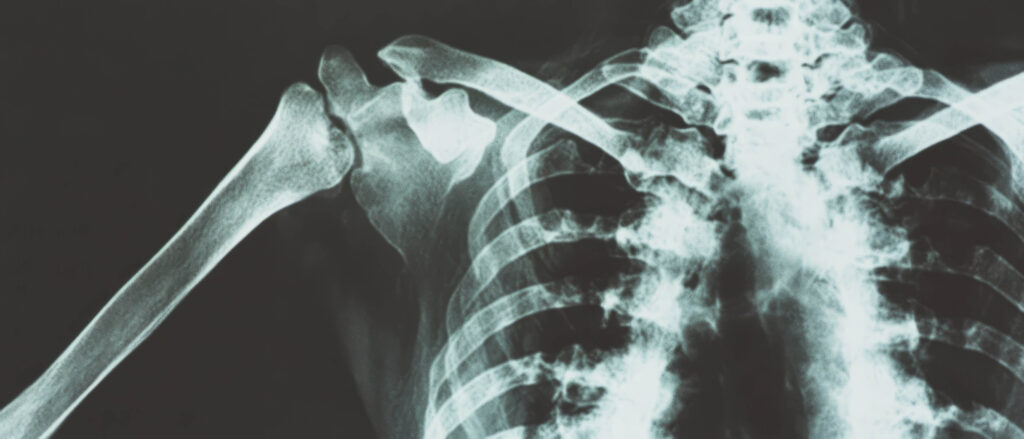DEXA
DEXA (Dual Energy X-ray Absorptiometry) is useful for assessing bone mineral density and fracture risk. The DEXA technology is readily available, safe, and accurate. It is currently the gold standard for quantitative assessment of bone and is used to predict the risk of fracture. The normative bone mineral density (BMD) values from the population databases have a robust correlation with fracture risk in untreated patients.
According to the World Health Organization (WHO), the normal bone density T-score is above -1.0. For example, a T-score between -1.0 and -2.5 indicates low bone density or osteopenia. According to clinical guidelines, BMD in the osteoporotic range indicates the commencement of therapy.
However, most fractures occur in patients with a T-score higher than −2.5. The most widely used fracture risk assessment tool is FRAX. This tool can be used as an assessment modality for the prediction of fractures on the basis of clinical risk factors, with or without the use of femoral neck bone mineral density. While these tools help to account more entirely for fracture risk, there may well be additional skeletal features that are essential contributors, such as primary hyperparathyroidism (PHPT), type 2 diabetes mellitus (DM2) and ethnicity.
The advancement of imaging modalities has led to a better understanding of bone microarchitecture. This includes high-resolution peripheral quantitative computed tomography (HRpQCT), a noninvasive, in vivo assessment of bone microarchitectural properties at the distal radius and tibia. Trabecular bone score (TBS) is an indirect measure of trabecular microarchitecture derived from Dual Energy X-ray Absorptiometry images of the lumbar spine.
The trabecular bone score is an attractive technology because it relies on DEXA, which, unlike high-resolution peripheral quantitative computed tomography (HRpQCT), is widely accessible. Bone micro-indentation testing (BMT) is a validated technology that directly measures the ability of bone to withstand fractures. Under local anaesthetic, a microprobe, approximately 1 mm in diameter, is inserted under the skin of the mid-anterior tibia and set to rest on the bone surface.
Although DEXA is a useful clinical tool and surrogate marker of bone strength, it does not account for fracture risk in certain patient groups.
You are here:
home » DEXA





